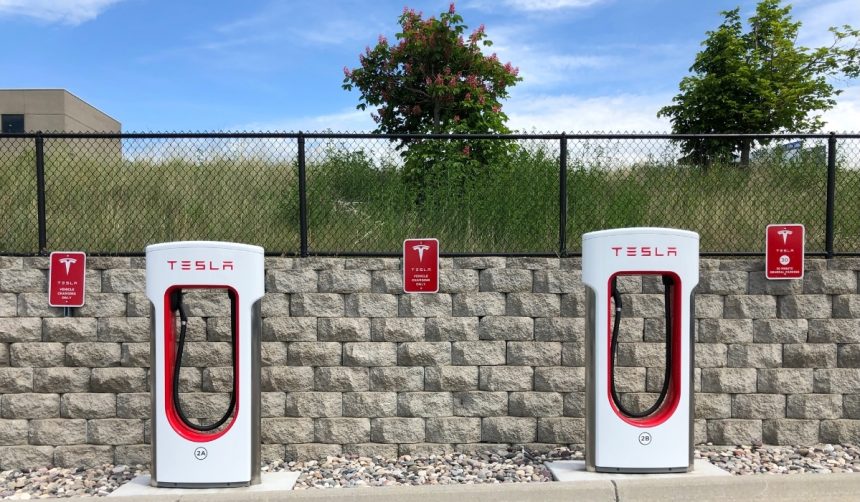Norwegian roads are seeing a growing number of Tesla vehicles this year, as buyers rush to place orders before upcoming tax changes make electric cars significantly more expensive. The Model Y, now an increasingly common sight, reflects consumer priorities shifting towards cost-saving alternatives ahead of the value-added tax (VAT) adjustments. Interest in electric vehicles surged after official announcements revealed the price hike awaiting popular models. Many customers have voiced concerns about the economic implications of the new rules for both established owners and newcomers planning their first electric vehicle.
Several months ago, the Norwegian electric vehicle market appeared more evenly balanced among brands, but the current registration data shows Tesla rapidly gaining ground on the record previously held by Volkswagen. Norwegian buyers, who have long embraced electric mobility, accelerated their purchases in recent weeks as regulatory deadlines approached. By contrast, last year’s reports noted a much slower pace for Tesla’s growth, underscoring the significance of the recent sales uptick. Shifting policy landscapes and consumer habits have combined to achieve results not seen in previous years, changing the dynamics of brand rivalry in Norway’s auto sector.
What Drives the Surge in Tesla Sales?
The imminent changes to Norway’s VAT policy on electric vehicles have motivated a high volume of Tesla sales. As the Model Y faces a looming price increase, Tesla has reported over 26,000 vehicle deliveries so far this year, moving the brand within reach of Volkswagen’s 2016 record for annual car registrations in Norway. The pressure to buy before tax hikes has clearly resonated with local consumers, who seek to avoid paying up to 50,000 kroner more for popular models. The company commented,
“Customer urgency has intensified, resulting in historic demand for our vehicles ahead of tax changes.”
How Close Is Tesla to Norway’s Top Spot?
According to registration statistics, Tesla needs only a small margin to overtake Volkswagen’s six-year-old sales milestone. With 26,127 vehicles registered year-to-date excluding the imported Cybertruck, Tesla’s performance puts them just a few hundred units shy of the record. The last month of the year is expected to solidify Tesla’s position as one of Norway’s most widely purchased brands, setting a new benchmark for electric and total vehicle sales.
“We’ve never seen such numbers in such a short timeframe,”
a Tesla spokesperson observed, highlighting the pace at which the company has approached the longstanding record.
Why Does Sweden Face Different Outcomes?
Tesla’s performance in Sweden has diverged sharply, with registrations down by 68% compared to past figures. This year’s delivery total sits at just over 6,000 vehicles, while union-backed protests and persistent blockades present ongoing challenges for Tesla in Sweden’s automotive sector. Unlike the brand’s trajectory in Norway, local circumstances—particularly industrial relations—have created hurdles for expansion and stability. Swedish labor leaders have reached out to Tesla’s leadership, emphasizing a cooperative rather than adversarial approach to union matters.
As Norway prepares for a significant shift in its vehicle tax structure, Tesla’s rapid ascent in the market prompts further questions about the sustainability of such demand. Norway’s economic environment, consumer readiness to pivot in response to policy, and the historic embrace of electric vehicles have all contributed to Tesla’s rise. Sweden’s experience, meanwhile, highlights the impact of local labor and market dynamics, reminding industry observers that even similar markets can diverge sharply in outcomes. Prospective electric vehicle buyers in Norway may benefit from purchasing before tax increases, while those watching broader regional trends should take note of how regulatory and labor factors shape success differently across neighboring countries.










